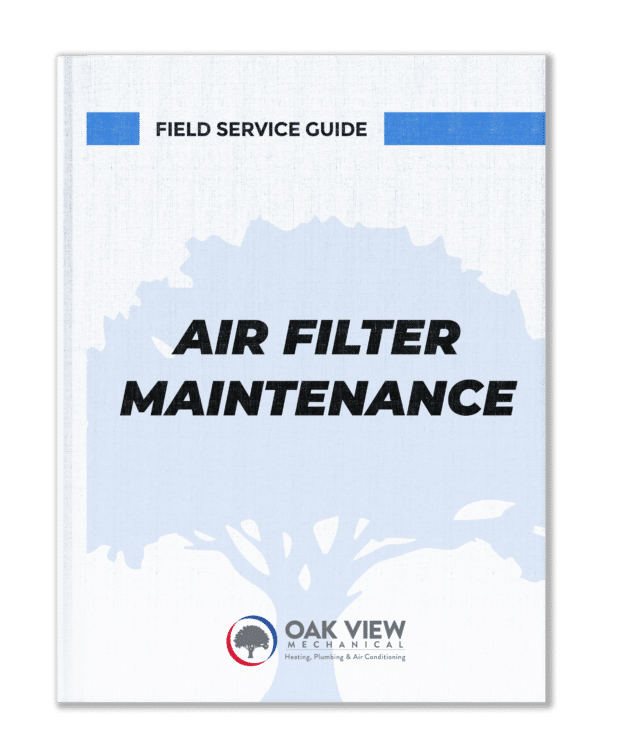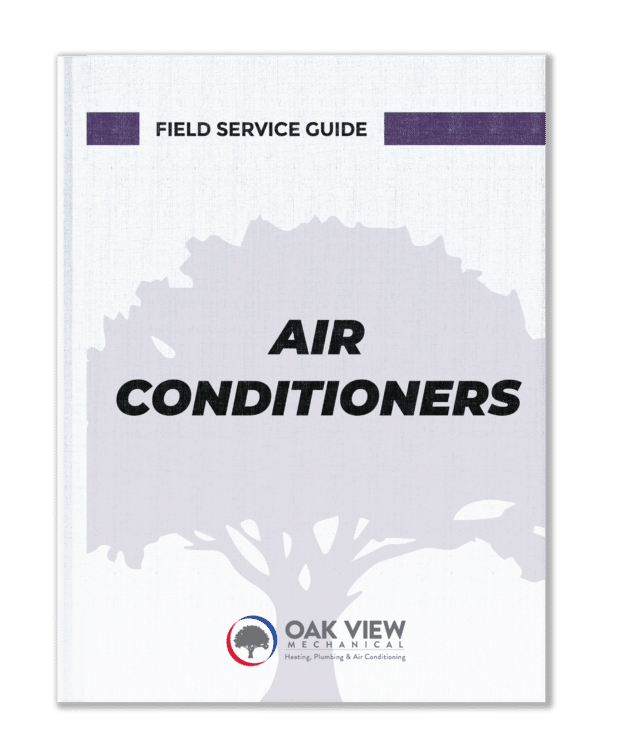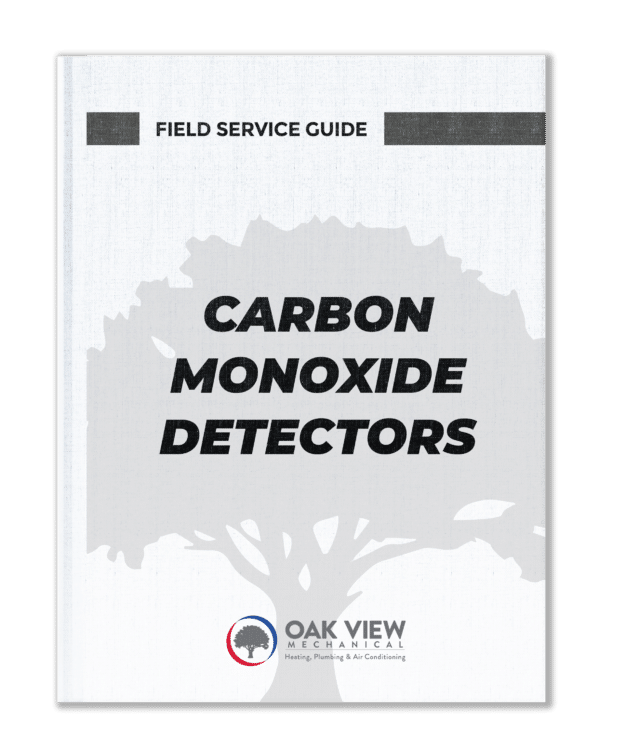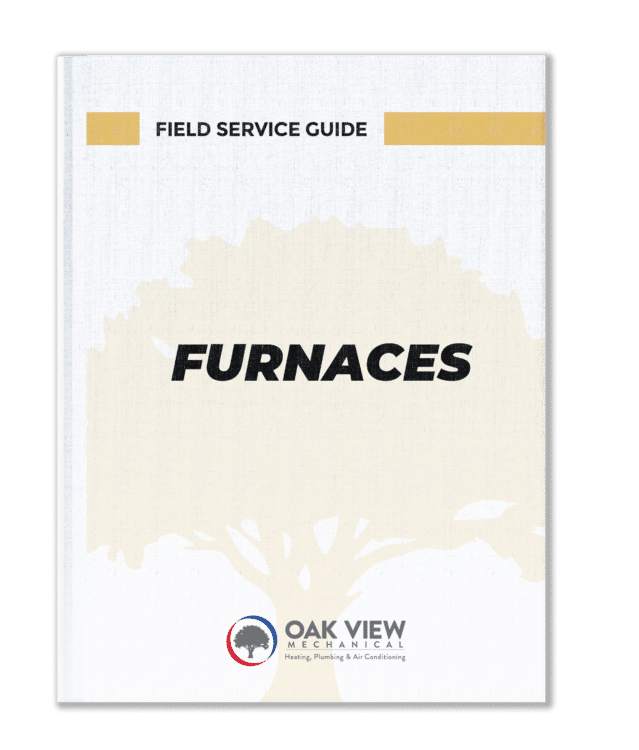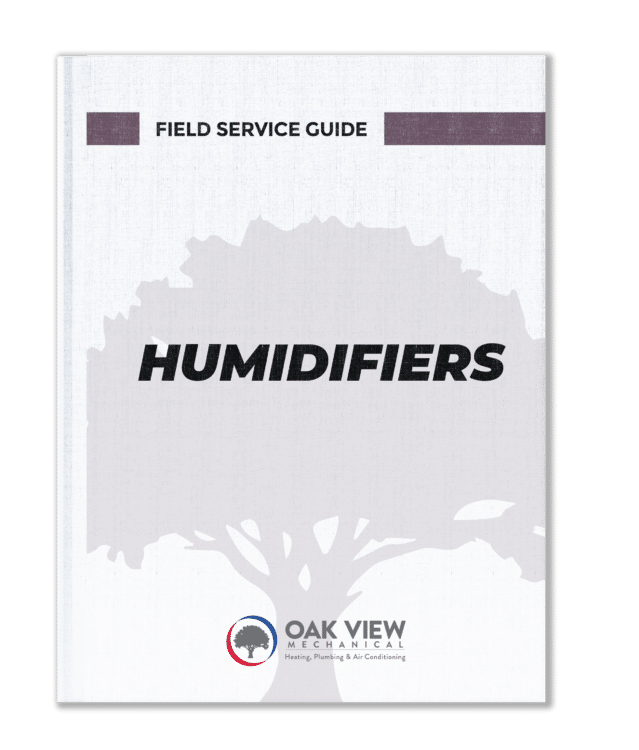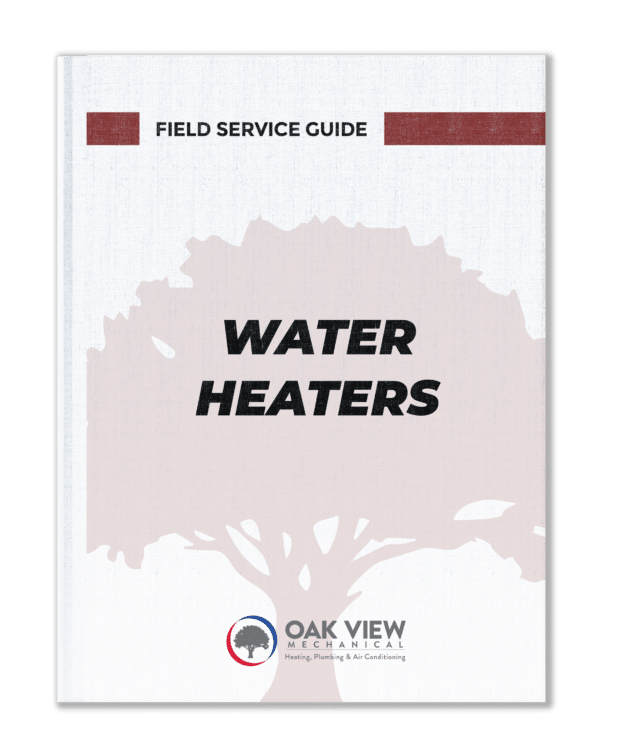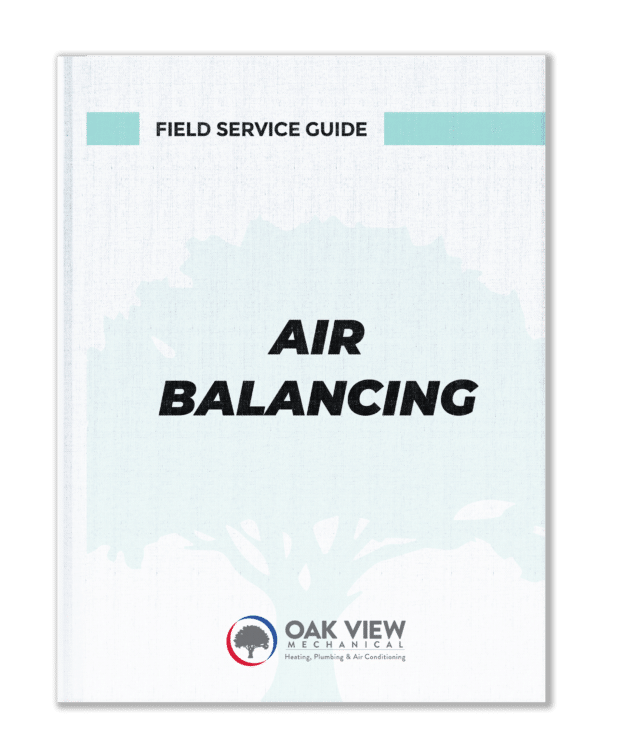
Try These 4 Steps
1. Adjust the Damper Blade on Your Registers
During warm weather temperatures, open registers on your upper floor and partially close registers on your first floor and/or your basement. During cold temperatures, reverse the process.
- Step 1: Set your thermostat to 76-78 degrees (ideal range to start testing).
- Step 2: Leave the temperature alone for at least 24 hours.
- Step 3: In areas that are too cool, adjust the vents to allow for more air flow. In areas that are too hot, adjust the vents to allow for less air flow.
- Step 4: Adjust in small increments to feel what works for your comfort
- Step 5: Re-check your adjustments (24 hours later) to feel if you reached the desired temperature.
- Step 6: Continue until you reach your ideal temperature.
Tip: Once you are comfortable, you may want to mark your registers for Summer or Winter by marking the register damper settings with a “S” or “W”, so that the next time that season comes around, you will know what your comfort settings are.
2. Place Thermostat Fan Setting to “On”
By utilizing the “ON” setting, the fan will blow continuously which will filter and always be replacing your indoor air. This will keep the air movement steady and at the temperature you have selected for your comfort level.
3. Check Filters for Cleanliness
Keeping your filters clean will aid with the flow of air, increase the efficiency of your furnace, extend the life of your HVAC system, and help keep energy costs down.
4. Other Tips
Install window coverings to minimize temperature changes and improve energy efficiency.
Avoid placing electronic equipment near the thermostat so that your thermostat is correctly adjusting the temperature in your home.
Do not cover registers with furniture or items that will restrict air flow. Your vents need 18” of space to supply a free flow of air. If you have no other choice, get a magnetic air deflector so that the air blows away from the nearby furniture or draperies.
Consider adding a whole-house humidifier to your HVAC system. Proper humidity levels are important for comfort, protecting wood furniture and flooring, and reducing dry-skin problems and breathing-related issues.
Need Further Assistance?
Need a little more guidance from a professional? Our licensed technicians are ready to help.
